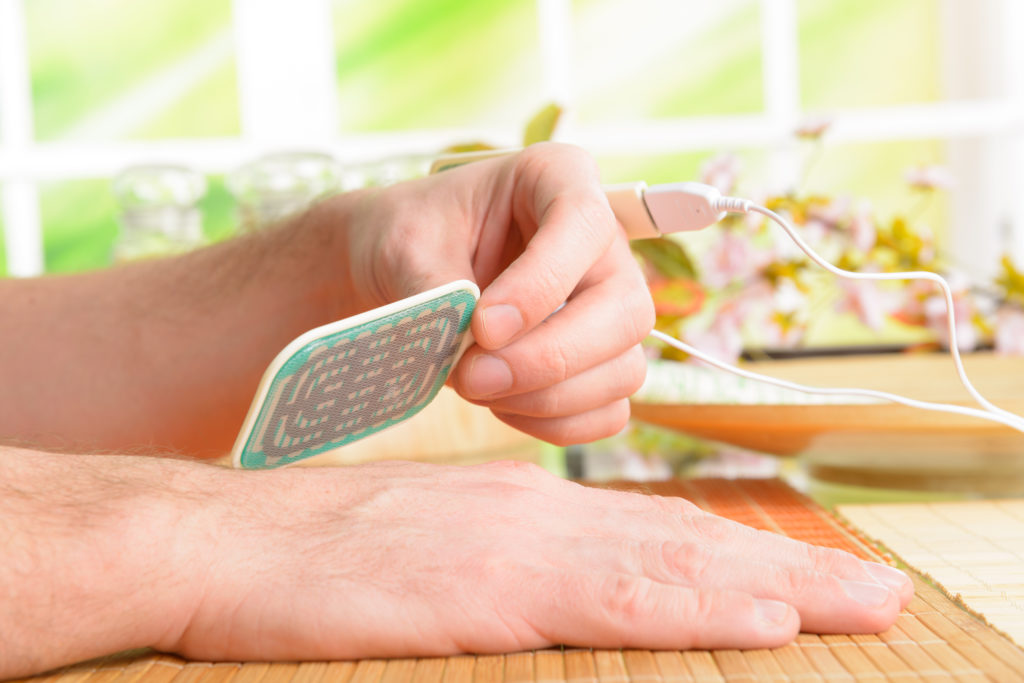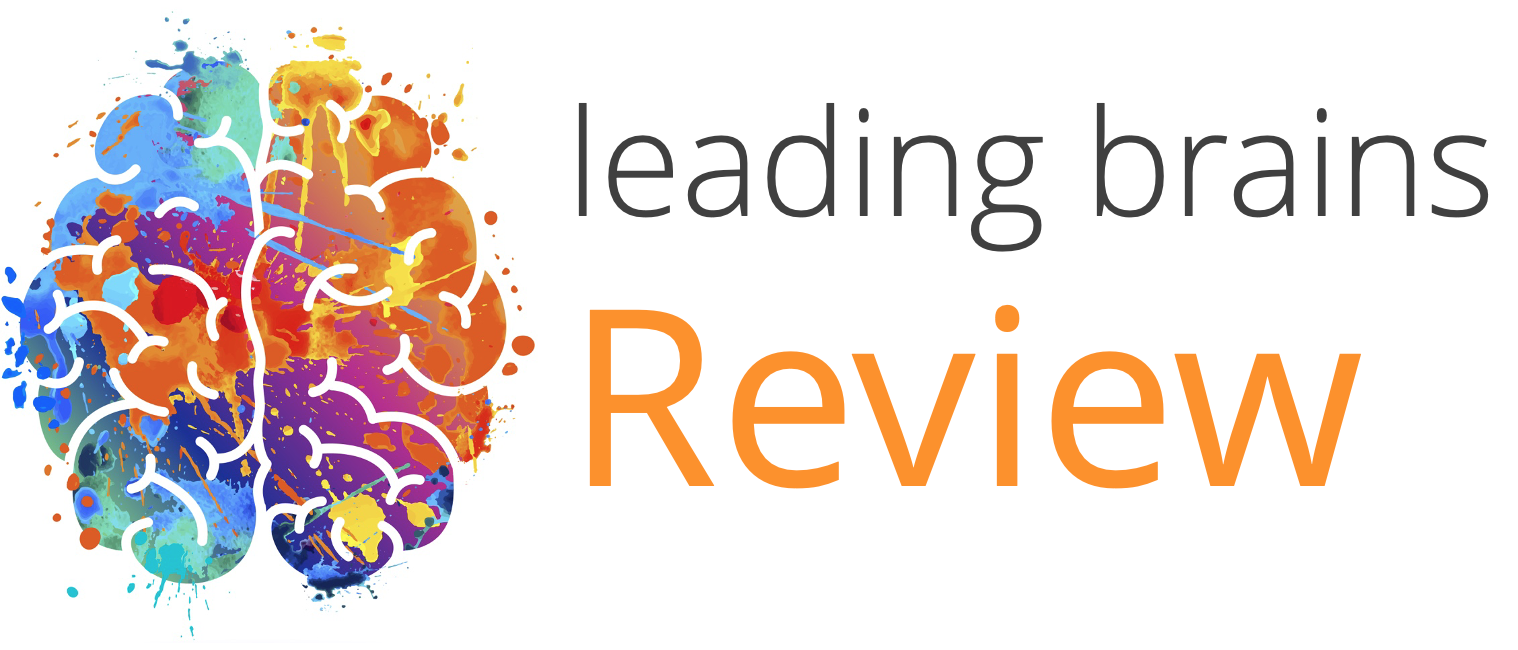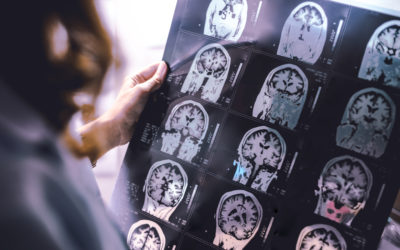Quick Hits
Daily brief research updates from the cognitive sciences

Imagine if you are working and your stress levels are increasing, and then automatically soothing music is turned on to calm you down. Or alternatively if you are heading towards that after lunch dip of drowsiness and upbeat energetic music is turned on to energise you.
This sounds like a sort of mind-reading device of the future, but this is a possibility according to Rose Faghih of NYU Tandon School of Engineering – and without having any invasive electrodes or implants in your brain but through a simple skin patch!
How so you may ask?
Well skin conductance is a well-known way to measure things like stress responses. Your skin reacts very quickly at microscopic levels to things like stress and mental disturbances. We’ve known that for a long time and skin conductance measure are often used in research – it is cheap, non-invasive, and a good measure of many things.
The really tricky thing through is being able to accurately predict these brain or mind states and match these to the biological data and additionally to be able to do this in real time. For this Faghih and her team have developed much more accurate ways of modelling skin responses by mapping this to 3D modelling of sweat glands and amongst other things, how they respond, how sweat distributes, is evaporated, or reabsorbed.
This has then been used to develop accurate algorithms (which though complex require little computing power) to instantaneously predict mental states in real time. This is amazing – it uses very detailed models of how the skin responds to various scenarios and has modelled this to be able to report instantaneously on mind states. Wow!
The uses of this are multifold – the above example of work will probably not be a prime focus (or maybe only in high-risk roles such as pilots). This could include identifying peripheral neuropathy in diabetes patients, post-traumatic stress disorders, on top of multiple uses in mental health monitoring.
This sounds promising, some of you may think that this could be abused by employers. It could be, but I imagine the most obvious uses will be key health issues – in the short term – and that is a good thing.

Andy Habermacher
Andy is author of leading brains Review, Neuroleadership, and multiple other books. He has been intensively involved in writing and research into neuroleadership and is considered one of Europe’s leading experts. He is also a well-known public speaker, speaking on the brain and human behaviour.
Andy is also a masters athlete (middle distance running) and competes regularly at international competitions (and holds a few national records in his age category).
Reference
Rafiul Amin, Rose T. Faghih.
Physiological characterization of electrodermal activity enables scalable near real-time autonomic nervous system activation inference.
PLOS Computational Biology, 2022; 18 (7): e1010275
DOI: 10.1371/journal.pcbi.1010275
More Quick Hits
Your brain on near-death experiences
Near-death experiences have fascinated many people ever since they have been reported. And these experiences guide our view of how we die: the memories of your life passing in front of your eyes, the tunnel of light, the floating movement towards a bright light....
Social networks grow your brain
The headline is a bit “click baity” but it is what a group of researchers found. To be more specific they found in macaques (cute monkeys) in the wild that having more grooming partners grew different regions of the brain. Grooming is the primate version of having a...
What do creative brains look like?
We’d probably all be happy to be a bit more creative — though research into our own opinions show that many people do actually consider themselves to be above average in creativity. An obvious self-bias. This is where scientists who study creativity come in and find...
New gender biases discovered
There have been many studies on gender biases, and I have followed, written, and spoken about many of these biases over the years (over a decade actually) but two studies have just come out that caught my eye. One out of New York University focused on gender natural...
Growth of your brain over your life
So, we all know that our brain grows very quickly as babies and children and then after a certain age, younger than some of us may like to think, there begins a slow decline. But precisely what and how is the question. Well, this is a question that an international...
How to reduce loneliness
I have reported multiple times on loneliness during the pandemic – mostly because interest and research into loneliness has taken a large uptick. I have also reported on how to combat this and was happy to see that a piece of research just out proved what I had...






